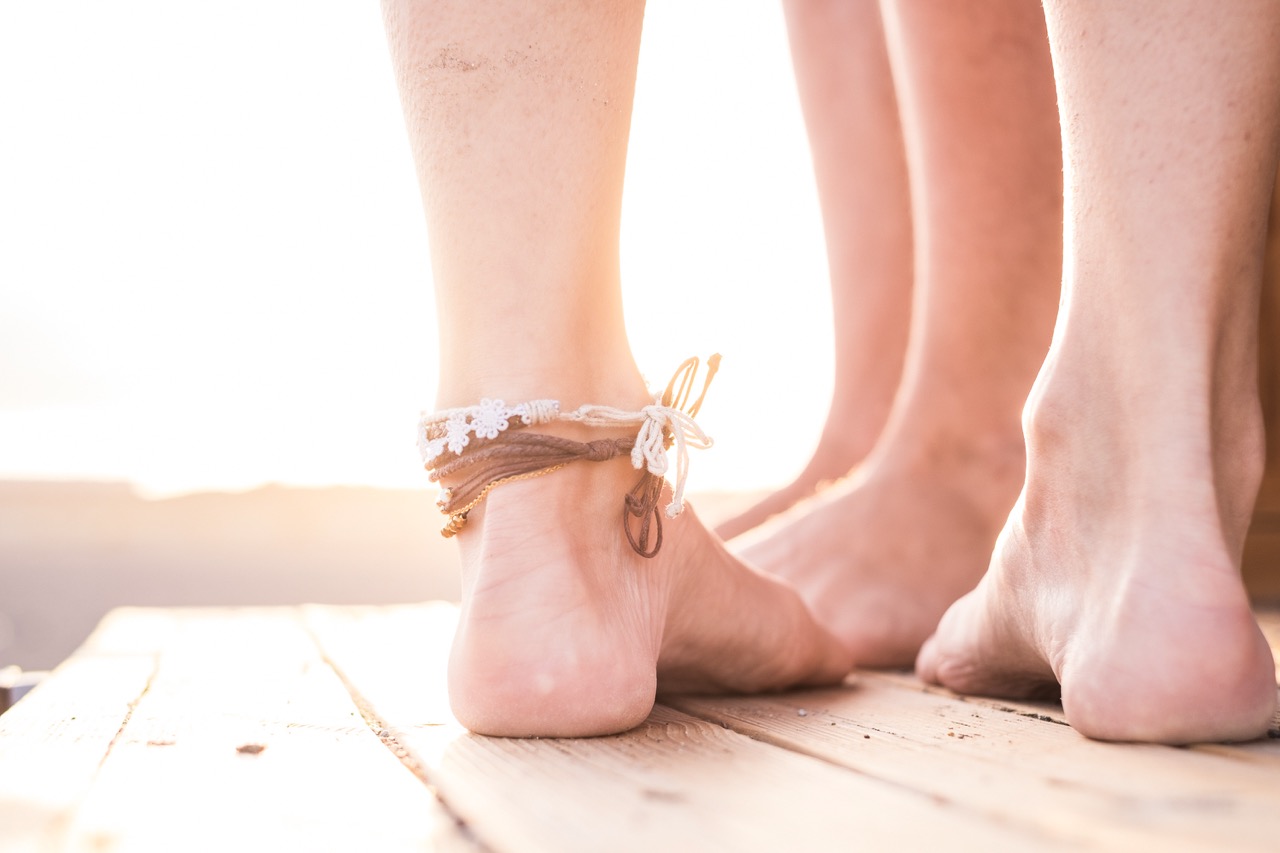The Role of Footwear in Cross Country Performance

The world of cross country running demands a unique combination of endurance, agility, and adaptability. As athletes traverse various terrains, the right footwear becomes essential to optimize performance and minimize injury risk. In this article, we will explore the significant role of footwear in cross country performance, dive into the key features that define an effective running shoe, consider how to select the right shoes for differing terrains, and offer maintenance tips to prolong the lifespan of these performance-enhancing tools.
Understanding the Impact of Footwear on Performance Metrics
Footwear plays a crucial role in determining an athlete’s performance metrics, such as speed, endurance, and stability. The design and structure of running shoes can influence the biomechanics of the foot, affecting how energy is utilized during each stride. A well-fitted, appropriately designed shoe ensures that runners can maintain their pace without experiencing undue fatigue or discomfort, leading to better race times and overall success.
In addition to comfort and fit, the cushioning and support provided by running shoes can significantly impact injury prevention. Cross country runners are frequently exposed to uneven and unpredictable terrain, which can place extra stress on joints and muscles. Shoes that offer adequate shock absorption and stability help mitigate the risk of common injuries, such as sprains, strains, and overuse injuries. Consequently, choosing the right footwear can enhance both performance and longevity in the sport.
Finally, the weight of the shoe is a crucial factor to consider. Lighter footwear can contribute to increased speed; however, this should not come at the expense of necessary support and protection. Striking the right balance between lightweight construction and supportive features is vital for optimizing performance metrics in cross country running.
Key Features of Cross Country Running Shoes Explained
Cross country running shoes are distinct from other types of running footwear due to their specialized features tailored for uneven surfaces and varying conditions. One of the primary characteristics is the outsole design, which typically includes lugs or spikes to enhance traction. This is crucial for navigating through mud, grass, and loose dirt, as it helps maintain grip and stability, allowing runners to accelerate and change direction effectively.
Another essential feature is the midsole cushioning. Cross country shoes often incorporate a combination of foam and gel materials to provide adequate shock absorption without compromising stability. This cushioning must be responsive enough to adapt to the demands of varied terrain while ensuring that runners remain grounded and in control. A well-designed midsole can also reduce fatigue over long distances, which is vital in competitive settings.
Finally, the upper section of the shoe plays a significant role in overall performance. Breathability, fit, and support are key elements of the shoe’s upper design. Mesh materials are often used to provide ventilation and keep the feet cool during races. Additionally, a secure fit minimizes the risk of blisters and discomfort, allowing runners to focus on their performance rather than their footwear.
Selecting the Right Footwear for Varying Terrain Conditions
Choosing the right footwear for different terrain conditions is essential for optimal performance in cross country running. For hard-packed surfaces, such as dirt trails or gravel paths, shoes with a firmer rubber outsole and moderate cushioning are ideal. They provide sufficient grip while also being durable enough to withstand the harsher impacts associated with harder surfaces.
Conversely, when running on softer or muddier terrains, it’s crucial to opt for shoes with deeper lugs or removable spikes. These features enhance traction and help prevent slipping, allowing runners to navigate challenging conditions with confidence. Additionally, shoes designed for softer ground often incorporate more cushioning to absorb the impact of running on uneven surfaces, helping to reduce fatigue and injury risk.
Finally, during wet or rainy conditions, waterproof features become critical. Shoes with water-resistant materials help keep feet dry and comfortable, preventing blisters and maintaining optimal performance. When selecting footwear for varying terrain conditions, it’s essential to consider these factors to ensure that the shoes not only enhance performance but also provide the necessary protection and support.
Maintenance Tips to Extend the Life of Running Shoes
Proper maintenance of running shoes is key to extending their lifespan and ensuring consistent performance. One of the most effective ways to care for footwear is to clean them regularly. After each run, especially in muddy or wet conditions, it’s wise to remove any debris from the shoes and allow them to air dry. This prevents the buildup of dirt and moisture, which can degrade the materials over time.
Another essential maintenance tip is to rotate between multiple pairs of shoes. This practice allows each pair to rest and regain their shape, reducing wear and tear. Different pairs can also be chosen based on specific terrain or weather conditions, further optimizing performance while extending the life of the shoes. Runners should also keep an eye on the mileage accumulated on each pair, as shoes typically need replacement after 300 to 500 miles, depending on the type and intensity of use.
Lastly, proper storage of running shoes can significantly influence their durability. Shoes should be kept in a cool, dry place, away from direct sunlight, which can cause materials to deteriorate. Avoid compressing them by storing them upright, and consider using shoe trees or stuffing them with newspaper to maintain their shape when not in use. By following these maintenance tips, runners can ensure their footwear remains effective and supportive throughout their cross country journey.
In conclusion, the role of footwear in cross country performance cannot be overstated. Selecting the right shoes based on performance metrics, terrain conditions, and proper maintenance can significantly enhance a runner’s experience and success in the sport. As cross country continues to grow in popularity, understanding the intricacies of footwear will empower athletes to make informed decisions that optimize their performance and help them achieve their goals on the course.




